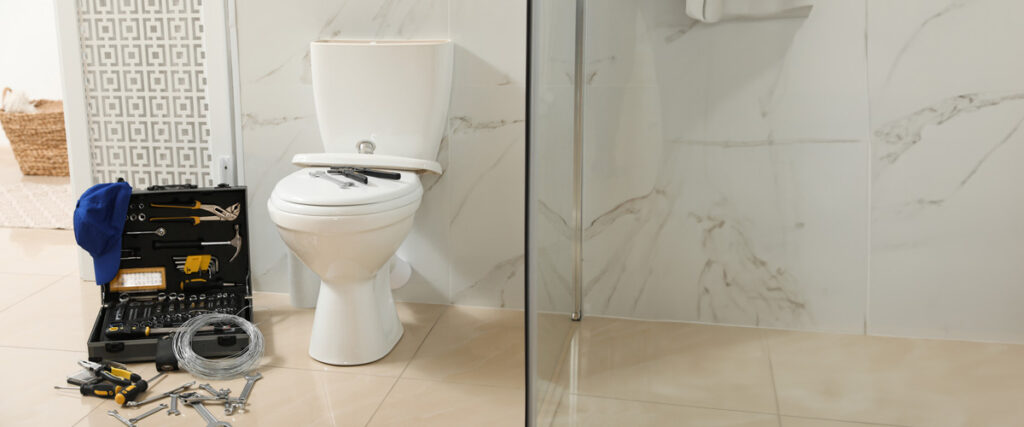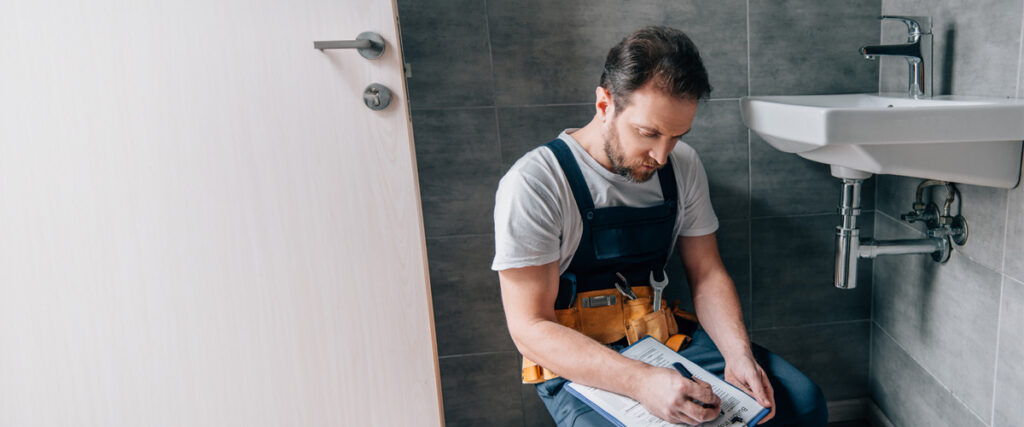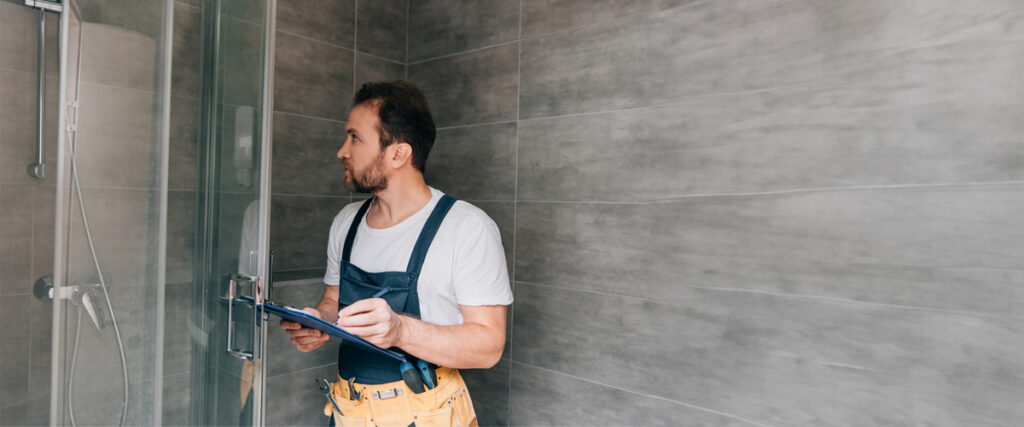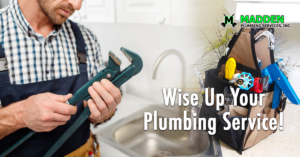DIY or Pro Plumber? Choosing the Right Bathroom Repair Method
DIY or Pro Plumber? Are you facing the daunting task of choosing the proper toilet repair method? Whether it’s a leaky faucet, a malfunctioning toilet, or a damaged showerhead, bathroom repairs can be a frustrating experience. The question looms: should you roll up your sleeves and tackle the repairs yourself, or should you enlist the expertise of a professional plumber?
Moreover, this guide will explore the intricacies of restroom repair decisions, empowering you to make an informed choice that saves you time, money, and headaches. Prepare yourself to explore the realm of DIY expertise and discover the advantages of hiring a professional as we uncover the key to selecting the appropriate bathroom repair method.

DIY Bathroom Repairs
If you are a handy individual who enjoys tackling home improvement projects, DIY toilet repairs may be a viable option. Before diving into the repair, it’s essential to assess the problem accurately. Pinpoint the underlying issue and evaluate the scope of the damage to ascertain whether you possess the vital skills and tools required to address the repair effectively.
Furthermore, the right tools and materials are crucial for a successful DIY toilet repair. For this particular problem, it may be necessary to have wrenches, pipe cutters, sealants, replacement parts, and safety equipment on hand. Make a comprehensive list and acquire all the required supplies before starting the repair.

A step-by-step guide to DIY bathroom repairs
Embarking on DIY toilet repairs can be a rewarding experience, allowing you to save money and take control of your home maintenance. Following is a step-by-step guide explaining the main steps required in doing DIY toilet repairs to assist you through the process:
1. Turn off the water supply
Before beginning any repair work, shutting off the water supply to the affected area is crucial. Find and switch off the main shut-off valve to minimize water leaks or potential mishaps during restoration.
2. Remove damaged components
Identify the faulty component in your bathroom, whether it’s a faucet, toilet, or showerhead. Carefully remove the damaged piece using the appropriate tools, such as wrenches or screwdrivers. Take your time to ensure you don’t cause further damage while removing the part.
3. Replace or repair
Determine if you need to replace the complete component or if a fix would suffice. If the element is beyond repair, get an appropriate replacement part. Select the suitable size and model for your current fixtures to ensure a perfect fit.
4. Ensure proper installation
Follow the manufacturer’s instructions accompanying the replacement part or refer to reliable online resources for guidance. Moreover, allocate sufficient time to comprehend the installation procedure and verify that you possess all the tools and materials required. Carefully install or repair also the replacement part, completing each step accurately.
5. Test and inspect
Once the repair or replacement is complete, it’s time to test the repaired component. Restore the water supply and carefully inspect for any signs of leaks or potential issues. Carefully check the area around the fixed part, including pipes and connections, to ensure everything functions properly. If you detect leaks or problems, make the necessary adjustments or tighten connections.

Hiring a Professional Plumber
While DIY repairs can be enjoyable, specific bathroom difficulties may necessitate the services of a professional plumber. Hiring a pro saves time, avoids potential mistakes, and ensures the repair is done to code, offering several benefits.
Finding a reliable plumber is crucial for a successful toilet repair. Seek recommendations from friends, family, or neighbors who have had positive experiences with plumbers. Additionally, online platforms and review websites can provide valuable insights and feedback from previous customers. Verify the plumber’s license and insurance to ensure they are qualified and protected.

Important factors before making a decision
When deciding whether to take on a bathroom repair yourself or hire a professional plumber, it’s crucial to consider various factors that can influence the outcome. By carefully examining these critical factors, you may make an informed selection that meets your requirements and circumstances. When deciding on a toilet repair procedure, consider the following:
1. The complexity of the repair
Assess the complexity of the issue at hand. If the repair involves intricate plumbing systems or extensive water damage, it is best to leave it to professionals. Complex repairs often require specialized knowledge, tools, and expertise to ensure a successful outcome and prevent further complications.
2. Personal skill level
Evaluate your plumbing skills and experience honestly. If you need more confidence or knowledge in handling the repair, it is wise to hire a professional plumber. They likewise possess the necessary expertise to troubleshoot and resolve issues efficiently, minimizing the risk of mistakes or potential damage.
3. Time constraints
Consider your availability and schedule when deciding between DIY repairs and hiring a professional. DIY repairs can be time-consuming, requiring research, planning, and execution. Hiring a professional can expedite the process and ensure timely resolution if you have limited time or urgent repair needs.
4. Cost implications
Compare the cost implications of DIY repairs versus hiring a plumber. While DIY repairs may initially seem cost-effective, it’s essential to factor in the expenses associated with purchasing tools, materials, and potential mistakes that may require additional maintenance. Hiring a professional can be more cost-effective as they bring their instruments and expertise to complete the repair efficiently.

Choosing the Right Bathroom Repair Method
To choose the suitable toilet repair method, consider the abovementioned factors. Based on your circumstances, compare the advantages and disadvantages of DIY repairs and professional plumbing services.
DIY repairs can be a practical and satisfying choice for minor issues like a dripping faucet or a clogged drain. However, for complex plumbing problems or significant renovations, hiring a professional plumber ensures the job is done efficiently and with high-quality results.

DIY vs. Professional: Bathroom Repair Considerations!
In summary, deciding between tackling the task yourself or hiring a professional plumber can be daunting for bathroom repairs. You can make an informed choice by evaluating the repair’s complexity, personal skill level, time constraints, and cost implications. For intricate plumbing systems or extensive damage, entrusting the job to professionals is wise.
However, taking the DIY route can be rewarding for more straightforward repairs within your skill set and schedule. Prioritize safety, quality, and long-term durability in every repair, embracing the challenge and seeking professional help when needed. With knowledge and understanding, make the right choice to restore your bathroom’s functionality. Happy repairing!






